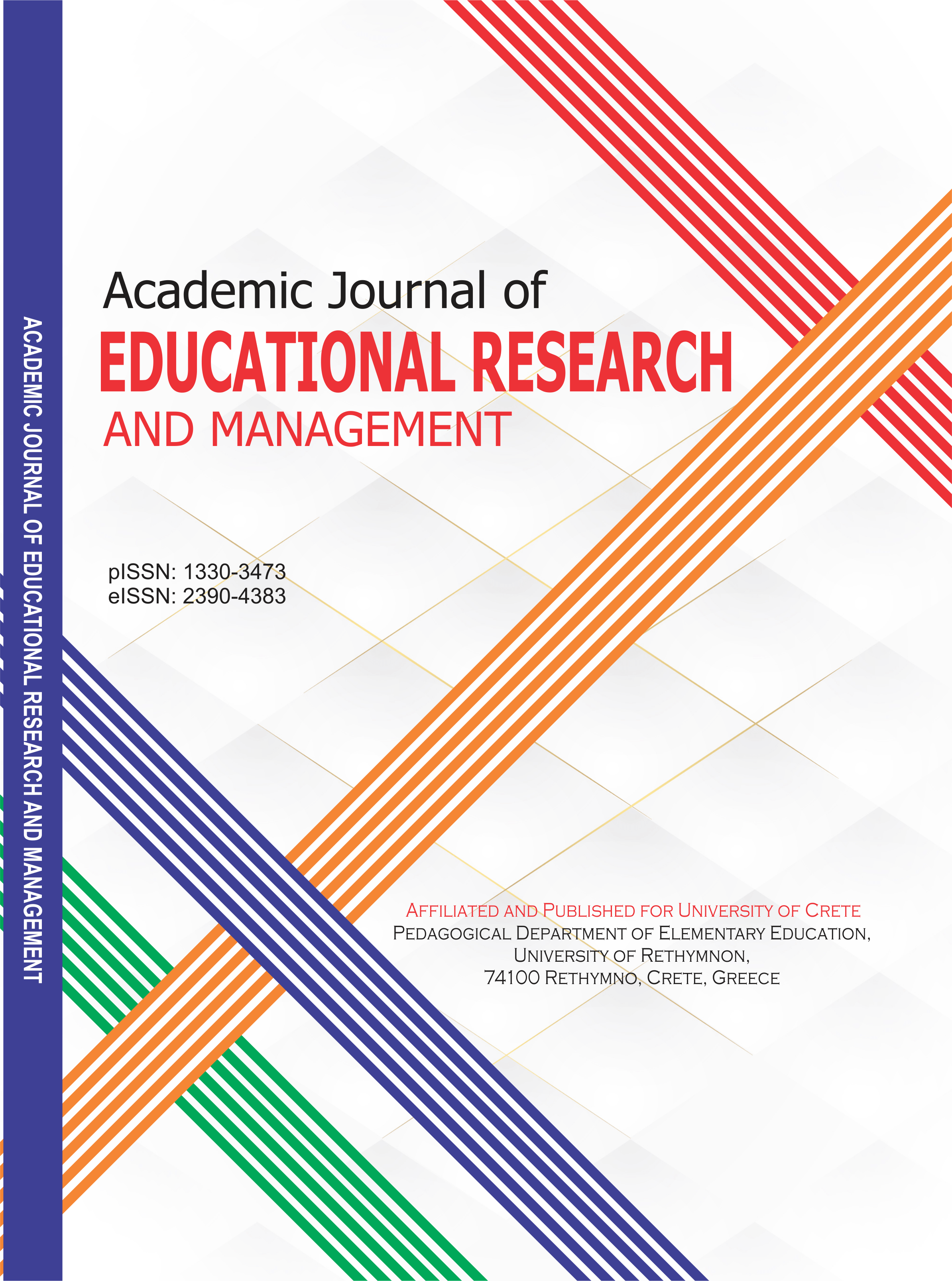ACADEMIC JOURNAL OF EDUCATIONAL RESEARCH AND MANAGEMENT (AJERM)
Spatial-temporal Evolution and Obstacle Factor Analysis of Government Governance Capacity in the Yangtze River Delta, China
E-ISSN: 2390-4383
P-ISSN: 1330-3473
DOI: https://iigdpublishers.com/article/562
Government governance capacity is a critical component of national governance capacity modernization. This paper measures the local government governance capacity in three dimensions: collaborative governance capacity, resource governance capacity and instrumental governance capacity, and analyses the characteristics of spatial-temporal evolution and obstacle factors of government governance capacity in the Yangtze River Delta. The results show that: the government governance capacity is at a low level and has a fluctuating development trend the government governance capacity spatially shows the characteristics of "prominent core and local contiguity"; the key constraints of government governance capacity are resource governance capacity and tool governance capacity.
Yaying Xu & Yingying Hua
Acharya, K.K. (2018). The capacity of local governments in Nepal: from government to governance and governability? Asia Pacific Journal of Public Administration, 40(3),186–197. https://doi.org/10.1080/23276665.2018.1525842
Amit, R., & Schoemaker, P.T.H. (1993). Strategic Assets and Organizational Rent. Strategic Management Journal,1(14),33-46. http://www.jstor.org/stable/2486548 Anselin, L.,
Florax, R., & Rey, S. (2004). Advances in Spatial Econometrics: Methodology, Tools, and Applications. Springer Verlag.
Cepparulo, A., & Giuriato, L. (2016). Responses to global challenges: trends in aid-financed global public goods. Development Policy Review, 34(4), 483–507. https://doi.org/10.1111/dpr.12163
Choi N. (2021). Analyzing Local Government Capacity and Performance: Implications for Sustainable Development. Sustainability, 13(7), 3862. https://doi.org/10.3390/su13073862
